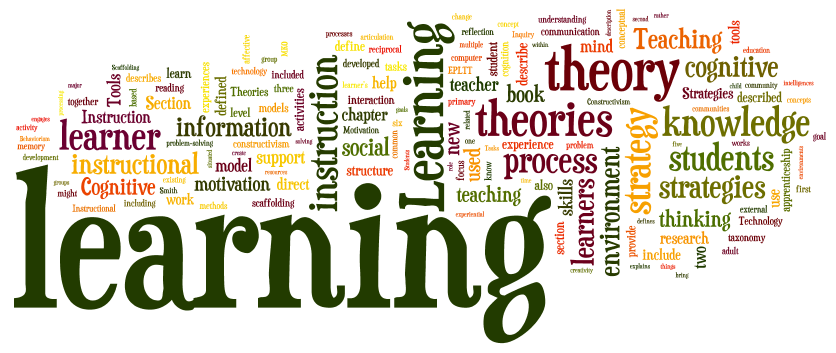Preamble:
NUMS-MHPE aims to produce inspiring and aspiring leaders who are not only competent clinicians but are also transformational leaders of academia. A leader who is a teacher, clinician, a mentor, reflector, researcher, scholar, trainer, evaluator and above all a humane, humanistic, empathetic, ethical professional.. to name just a few roles. Sure seems like a daunting job. So how do we aim to bring such accomplishments in our students? Before we talk about the modus operndi, let’s take you on a journey through history of past one century and the happenings in medical education.
Well, as we all know, the medical education being imparted in majority of countries of the world, follows the guidelines put forward by Abraham Flexner in 1910 albeit with some variations. Basically a strict criteria based admission into a university-based education consisting of two to three years of scientific foundations followed by two years of studying in in clinical settings to gain practical experience has been the predominant model. This pattern has served the field of medicine well for at least one century with Patient care, investigation, and teaching connected with each other and helping to establish a social contract between the physician and society. Conversely, this social contract grants the medical profession a monopoly over the use of its knowledge base, the right to considerable autonomy in practice and the privilege of self-regulation at the same time professions and their members are accountable to those served, to the profession and to society.
Twenty first century, however, sees medical education in a flux again. Most importantly the social contract with society has disrupted. The reasons are multifactorial. After world war II the massive advancement in biomedical research with its accompanying publish or perish culture and the conversion of clinical practice into a commercial entity burdened doctors and medical students alike and generated negative journalism as well. Along with an increased demand of revenue by the hospitals the revenue generated by the clinical faculty has become primary source of income for medical schools. This means less and less teaching time for faculty with resultant inadequate training of students. Additionally, the medical training is not learner-centered with poor alignment between formal knowledge and experiential learning with lack of understanding of the broader civic and advocacy roles of physicians with further disruption of the trust between physician and society justifying the call for a second phase of medical education reforms. Deeply troubling scenario, isn’t it? Something which requires going back to the drawing board and diagnose the issues with medical education and bring solutions because at the end of the ady it is the health of society we are responsible for.
It was felt by educationists especially in the north America that the solution lay in teaching of professionalism. Unfortunately, the teaching and learning of professionalism has always been a challenge. From implicit teaching of professionalism of Flexenarian model to the drive in mid 1990s for explicit teaching of professionalism, this topic is now occupying center stage in medical education discourses since even teaching professionalism explicitly could not build professionalism in students and thus foster their social contract with the society. This is so becausetTeaching professionalism has its own inherent issues. Foremost the agreement on its definition is problematic as it is strongly influenced by culture. Then it is also difficult to operationalize the definition and thirdly develop means so that students demonstrate professional behaviors consistently. The last brings us to concept of professional identity (PI) and its Formation (PIF). PIF is the” transformative journey through which one integrates the knowledge, skills, values, and behaviors of a competent, humanistic physician with one’s own unique identity and core values.” PIF is formation is a continuous, dynamic process which helps to develop personal and professional growth through mentorship, self-reflection, and experiences that consolidates ethics, best practices and traditions of the medical profession. Based on experiential learning theory of Dewey, Community of practice of Lave and Wenger and constructivist theory, it is achieved through socialization and development of a Community of Practice.
To conclude,the first semester revolves around PI and PIF for you as an educationist so that once you understand the path yourself you will be able to lead your students through it as well. Many strategies will be used and opportunities will be created of learning together. I hope you enjoy the experience as much as we are sure to enjoy.
Team NDHPE



